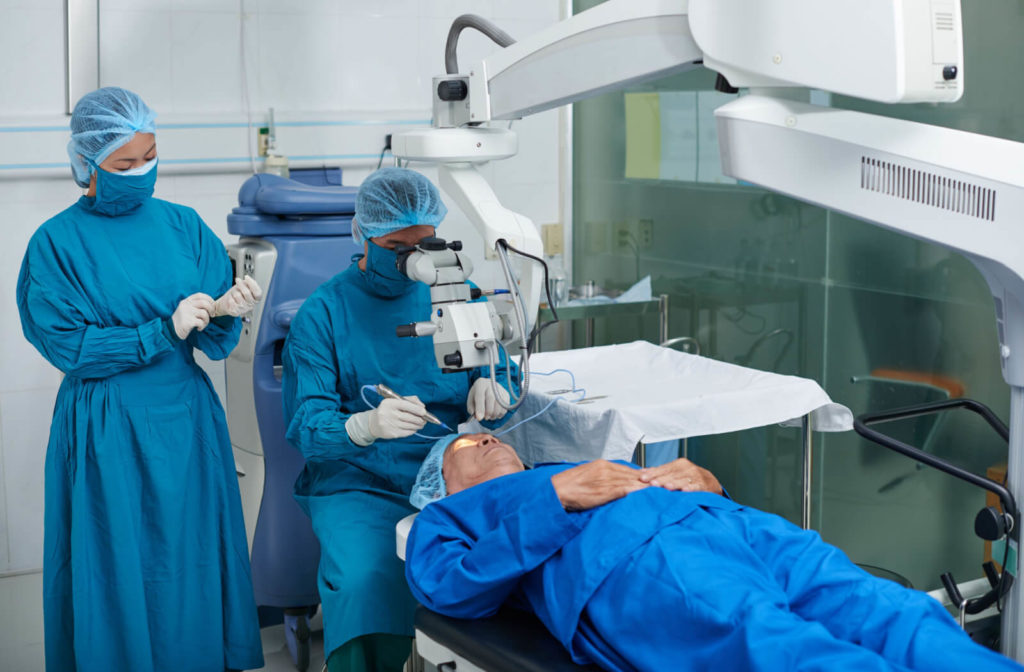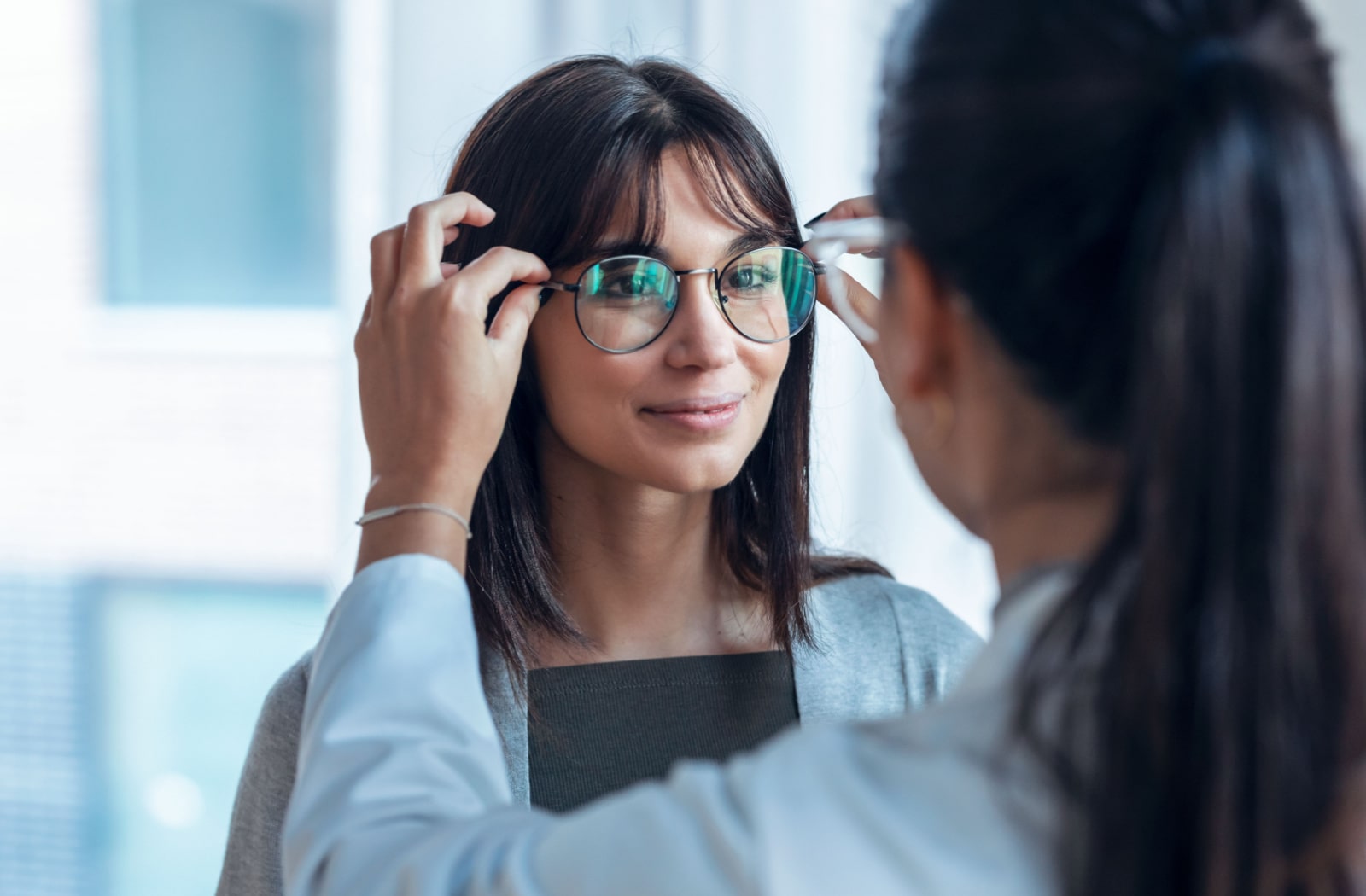Exploring the most recent Technological Improvements in Optometry and What They Mean for Optometrists
In the ever-evolving field of optometry, current technical improvements are improving exactly how professionals approach eye treatment. From the accuracy of Optical Comprehensibility Tomography to the nuanced understandings provided by AI-driven analysis devices, these technologies are setting brand-new requirements in patient analysis and therapy. Teleoptometry is poised to redefine accessibility, making certain that know-how goes beyond geographical restrictions. As these improvements penetrate the practice, optometrists are encountered with the challenge of accepting these devices to improve individual outcomes. Yet, the concern continues to be: just how will these technical shifts redefine the duties and responsibilities within the profession?
Innovations in Diagnostic Tools
Progressing the field of optometry, advancements in analysis devices have actually revolutionized the way eye care professionals evaluate and identify ocular conditions and visual problems. The previous decade has observed significant technical advancements, making it possible for even more thorough and accurate analyses. Optical Coherence Tomography (OCT), for example, offers high-resolution cross-sectional pictures of the retina, allowing for the early detection of conditions such as glaucoma and age-related macular deterioration. This non-invasive imaging strategy has actually ended up being essential in modern optometric method.
One more secret advancement is the introduction of advanced corneal topography systems, which map the surface curvature of the cornea with precision. These tools are particularly useful for suitable get in touch with lenses and detecting corneal disorders. Digital retinal imaging has transformed typical ophthalmoscopy, supplying thorough, breathtaking views of the retina that assist in thorough visual examinations.
The growth of wavefront aberrometry has actually also been vital, making it possible for the analysis of refractive errors with unparalleled accuracy (Opticore Optometry). This modern technology helps in customizing rehabilitative lenses and improving medical outcomes for refractive surgeries. Jointly, these analysis improvements equip optometrists to provide remarkable patient care, making sure early intervention and customized therapy methods, inevitably boosting aesthetic wellness end results
AI in Individual Administration
Structure on the structure of advanced diagnostic tools, the unification of expert system (AI) in person administration represents a transformative leap for optometry. AI systems are increasingly employed to enhance effectiveness, precision, and personalization in individual treatment. By analyzing substantial amounts of data, AI can identify patterns and forecast prospective eye conditions, enabling optometrists to customize treatments much more successfully. This capability is crucial in taking care of persistent eye illness such as glaucoma and diabetic retinopathy, where very early detection and continual tracking are key.
Additionally, AI-driven platforms promote structured client interactions and management processes. Automated organizing, digital appointments, and individualized follow-up strategies not just boost client fulfillment however also maximize time administration for specialists. These systems can triage patients based upon the urgency of their problems, guaranteeing that those in crucial demand receive punctual focus.
Moreover, AI boosts decision-making by supplying eye doctors with evidence-based recommendations and treatment paths. By incorporating information from digital wellness documents, AI tools offer understandings that educate clinical decisions, reducing the danger of errors and boosting person end results. As AI proceeds to develop, its duty in person management will likely expand, reshaping the landscape of optometric treatment.
Developments in Retinal Imaging
In the realm of optometry, retinal imaging has experienced amazing technical developments that are enhancing analysis capabilities and individual care. Technologies such as Optical Coherence Tomography (OCT) and fundus photography have actually reinvented how optometrists visualize and assess continue reading this the retina. OCT, particularly, offers high-resolution, cross-sectional photos of the retina, enabling the comprehensive evaluation of its layers. This capability is very useful for very early discovery and management of conditions like glaucoma, diabetic person retinopathy, and age-related macular webpage deterioration.
Enhanced imaging modalities like OCT angiography are additional refining analysis precision. Eye Doctor Optometrist. Such advancements assist in the recognition of min retinal changes that might represent illness development.
In addition, developments in fabricated knowledge are increasing retinal imaging by enabling computerized analysis of large datasets. These systems assist eye doctors in determining patterns a sign of pathology, therefore boosting analysis accuracy and effectiveness. Jointly, these innovations are changing retinal imaging into a keystone of modern-day eye care, boosting results and broadening healing possibilities.
Teleoptometry's Growing Duty
Teleoptometry is significantly becoming a crucial element of eye treatment, driven by innovations in electronic communication and analysis devices. This is especially helpful in country and underserved areas where accessibility to specialized eye treatment is often restricted.
The integration of expert system (AI) further boosts teleoptometry, making it possible for the analysis of visual data and assisting in the discovery of eye problems such as glaucoma and diabetic person retinopathy. AI-powered algorithms can swiftly interpret complex imaging information, providing optometrists with beneficial understandings that strengthen clinical decision-making.
In addition, teleoptometry supports continuity of treatment with seamless assimilation with electronic health and wellness documents (EHRs), enabling eye doctors to keep detailed client backgrounds. This makes sure that clients obtain customized and consistent care even when speaking with various practitioners.
Regardless of these advantages, challenges remain, including making certain information safety and managing patient assumptions. Nevertheless, teleoptometry represents a significant stride in the direction of more easily accessible, reliable, and patient-centered eye care. As technology advances, its duty is positioned to increase further.

Future Trends in Eye Care
A myriad of innovative patterns is readied to reshape the future of eye care, driven by technological developments and the progressing needs of patients. One considerable pattern is the integration of synthetic intelligence (AI) in diagnostics, which assures to improve the accuracy and effectiveness of eye evaluations. AI formulas can analyze huge amounts of information from retinal images, possibly finding problems like diabetic retinopathy and glaucoma earlier than traditional methods.
Moreover, individualized medicine is obtaining grip in optometry, with hereditary testing educating customized treatment strategies. This method aims to maximize client results by tailoring treatments to private hereditary profiles. Wearable innovation, such as clever contact lenses, is also coming up, see offering real-time surveillance of intraocular pressure or sugar degrees, therefore offering continual understandings into eye and systemic health and wellness.
The adoption of increased fact (AR) and digital fact (VR) in training and individual education and learning is another emerging fad. These innovations use immersive experiences that can improve understanding and abilities both for individuals and eye doctors. As these patterns progress, eye doctors need to stay abreast of technological innovations to offer sophisticated treatment, making sure improved individual outcomes and satisfaction in the dynamic landscape of eye treatment.
Verdict

Collectively, these diagnostic innovations encourage optometrists to deliver superior individual treatment, making sure early intervention and customized treatment techniques, eventually improving aesthetic health and wellness results.

As these innovations continue to develop, eye doctors must adjust and include them into method, ultimately enhancing operations effectiveness and boosting the criterion of eye treatment provided to people.